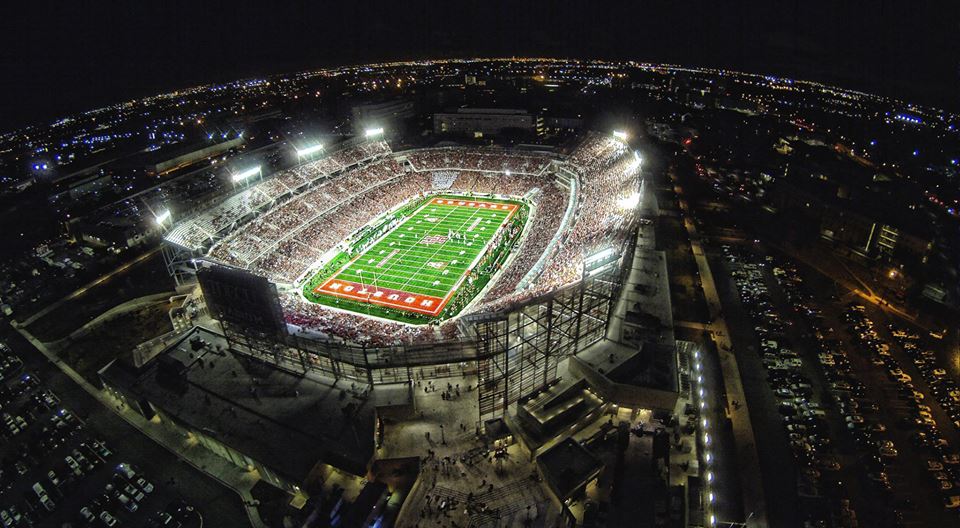Big 12 officials are now considering whether to expand the conference by at least two teams, prompting interest from a variety of schools.
Coming on the heels of ACC’s announcement of a new television network, the Big 12 mulling new ways to grow the conference, with expansion now on the table. Big 12 officials have given commissioner Bob Bowlsby the authorization to look into attracting two to four teams, starting with an evaluation process. If added, it is possible that some or all of the new schools could be in place by next season.
Unsurprisingly, insiders expect that the Big 12 has already established a pecking order, even as more schools vie to be in the mix. More from SI.com:
Oklahoma president David Boren called Tuesday’s announcement “a statement we want to move forward” but “not a decision.” In reality, though, that’s just semantics. The biggest question going forward will be whether the Big 12 adds two schools or four schools. The next question will be if they are football-only members or all sports. A few months ago, adding two schools was considered possible and four unlikely. But the tenor around that has all changed. The Big 12 looks ready to cash in to catch up, and there’s about a dozen schools on the other side of the financial tracks—ie non-Power 5 schools—happy to join them. (Likely without an equal cut of the television deal until the current agreement expires).
The leaders in the clubhouse for Big 12 expansion remain BYU, Cincinnati and Connecticut. The next tier includes South Florida, Central Florida, Memphis, Colorado State, Houston, Boise State and Tulane. If the league does add four schools, there’s really no standout candidate for that fourth slot. (Houston has the best program and television market of available schools, but there’s still some hesitancy within the state of Texas to allow the Cougars to use the Big 12 to potentially leap over current members). Schools like Temple, San Diego State and Northern Illinois don’t really have a chance, but will give it a shot anyway. “They’re going to open it up like an auction,” one Big 12 source said. “They don’t want it to be like they’re out there soliciting schools.”
Should the Big 12 select four teams, what would it take for Houston or another school to make itself a more formidable contender? This is where facility upgrades may come into play.
In a few cases, the schools that already up for consideration have either invested in or are planning significant upgrades to football stadiums and other facilities. BYU, for instance, could be a favorite because of some of the investments it has made in recent years, while Houston can dangle the $128 million it spent on TDECU Stadium, which opened in 2014. That upgrade, along with some others in the works, may make Houston a viable option. More from the Houston Chronicle:
A vote on specific expansion candidates could come by the board’s regularly scheduled meeting in October, if not sooner, and any new members possibly could be added by the 2017 football season. UH can tout $240 million in facility upgrades, including 40,000-seat TDECU Stadium and proposed $60 million renovation of the basketball arena formerly known as Hofheinz Pavilion. UH can tout a football program that is the trendy pick by some to be the first non-Power Five school to crack the four-team College Football Playoff. UH can tout its Tier One academic status and location in the nation’s fourth-largest city, although it remains to be seen if the Big 12 will frown upon adding a fifth school from the state to join Texas, Baylor, TCU and Texas Tech
Early indications are that the bidding process will be competitive, so the Big 12 could cause a frenzy across the college football landscape over the next several months.
Image courtesy of the University of Houston Athletics.

